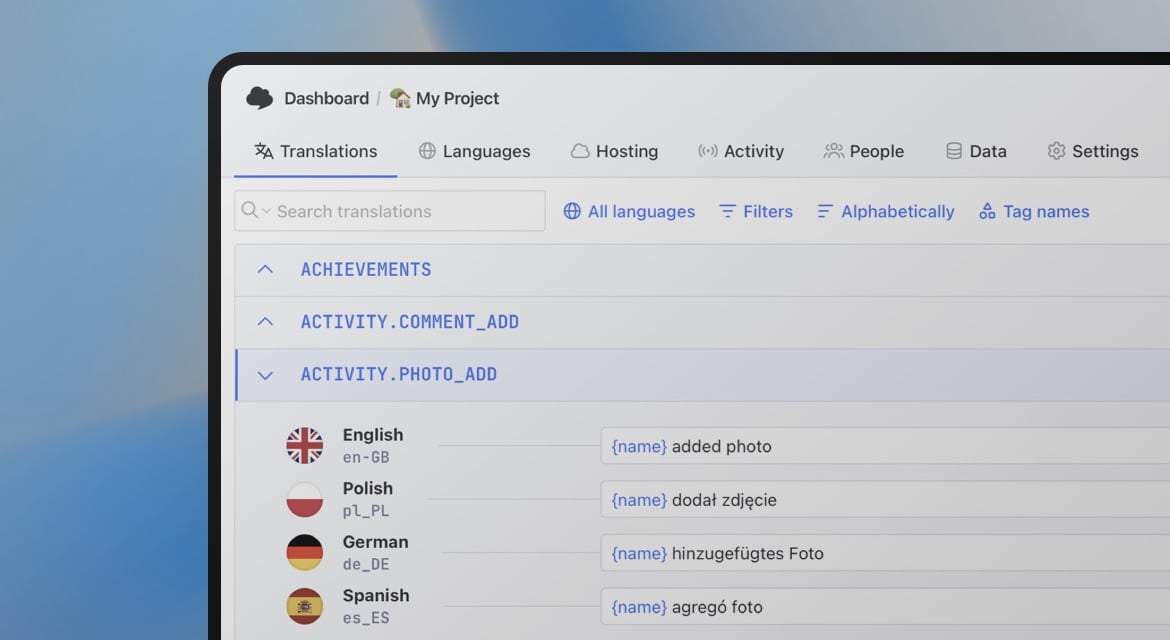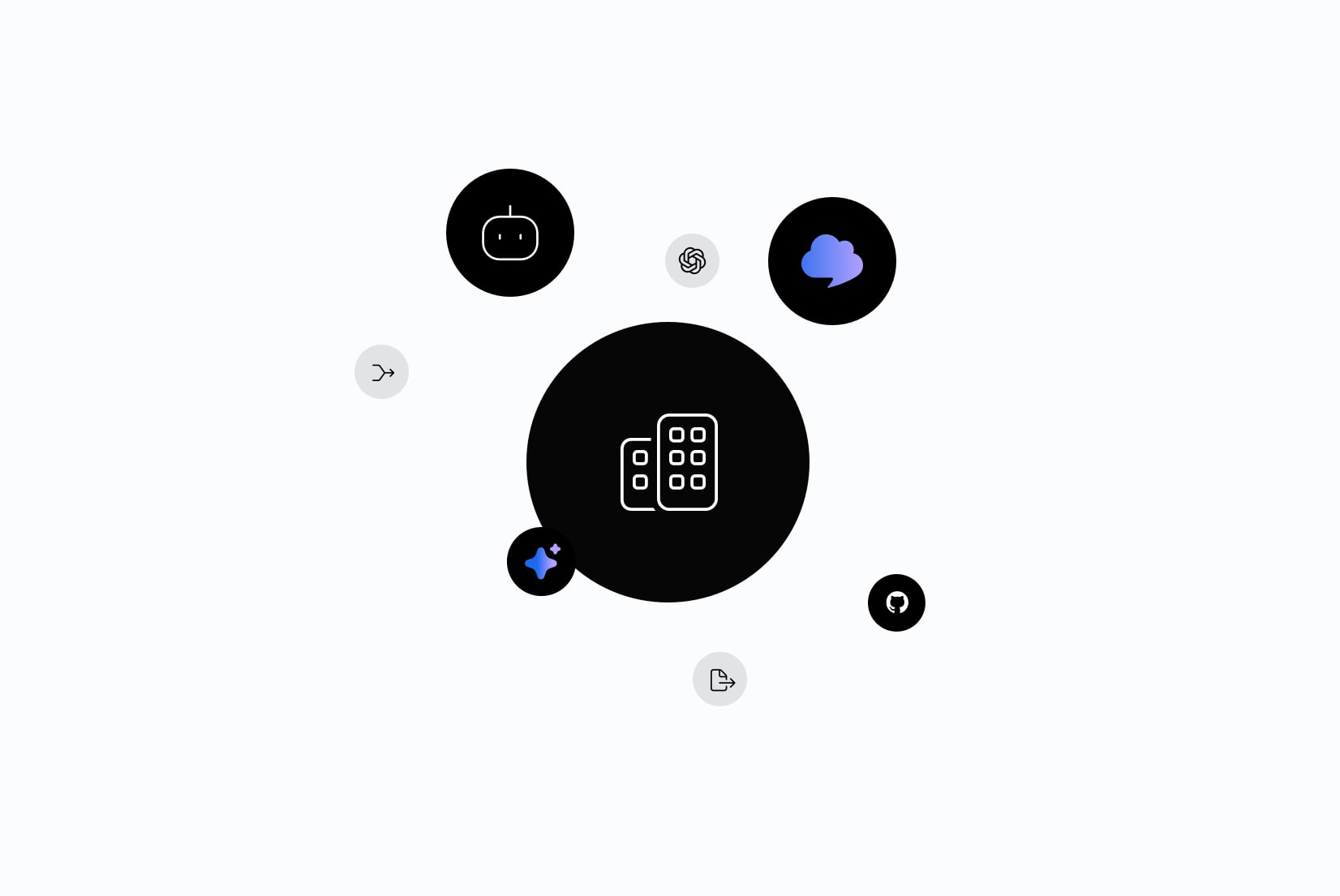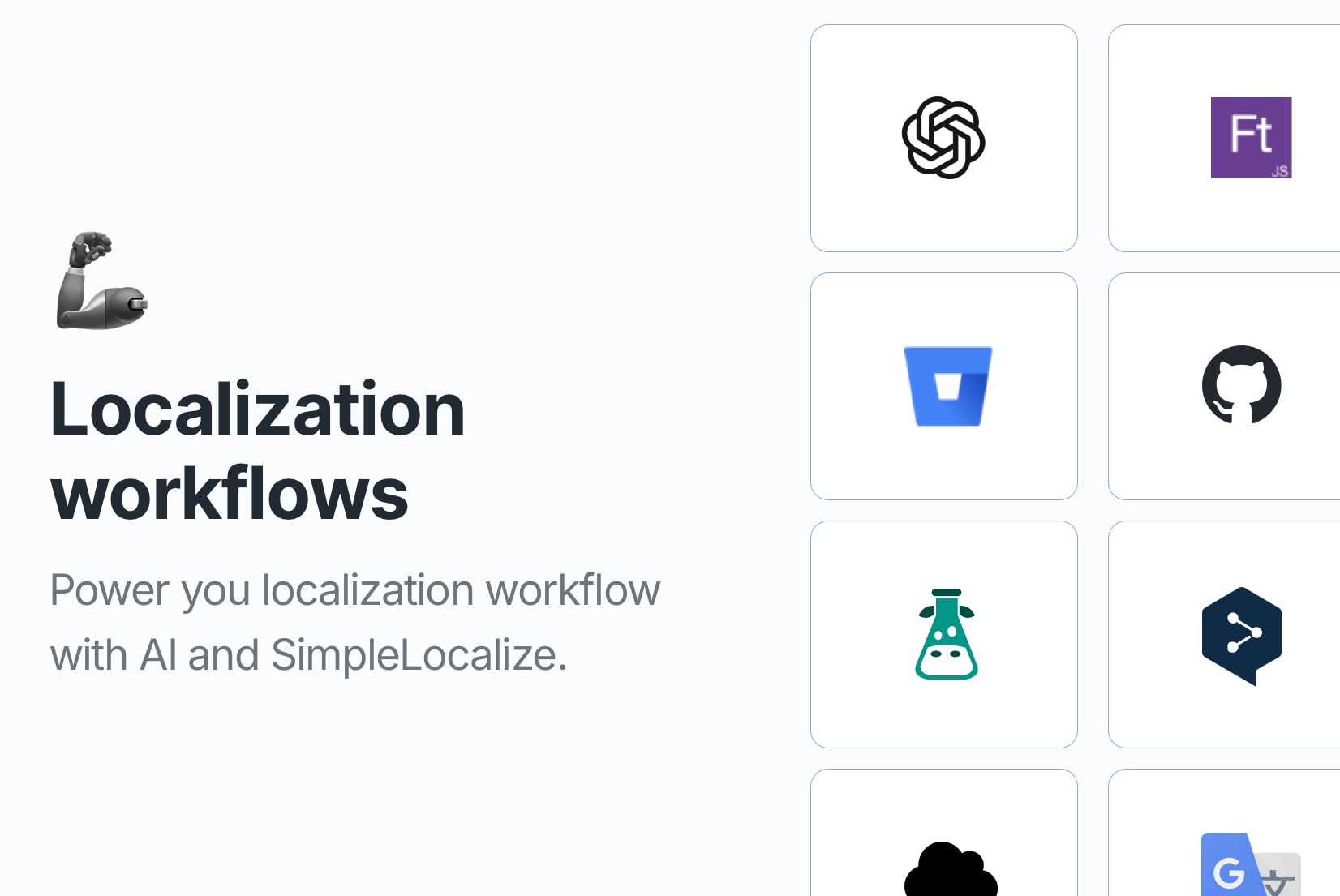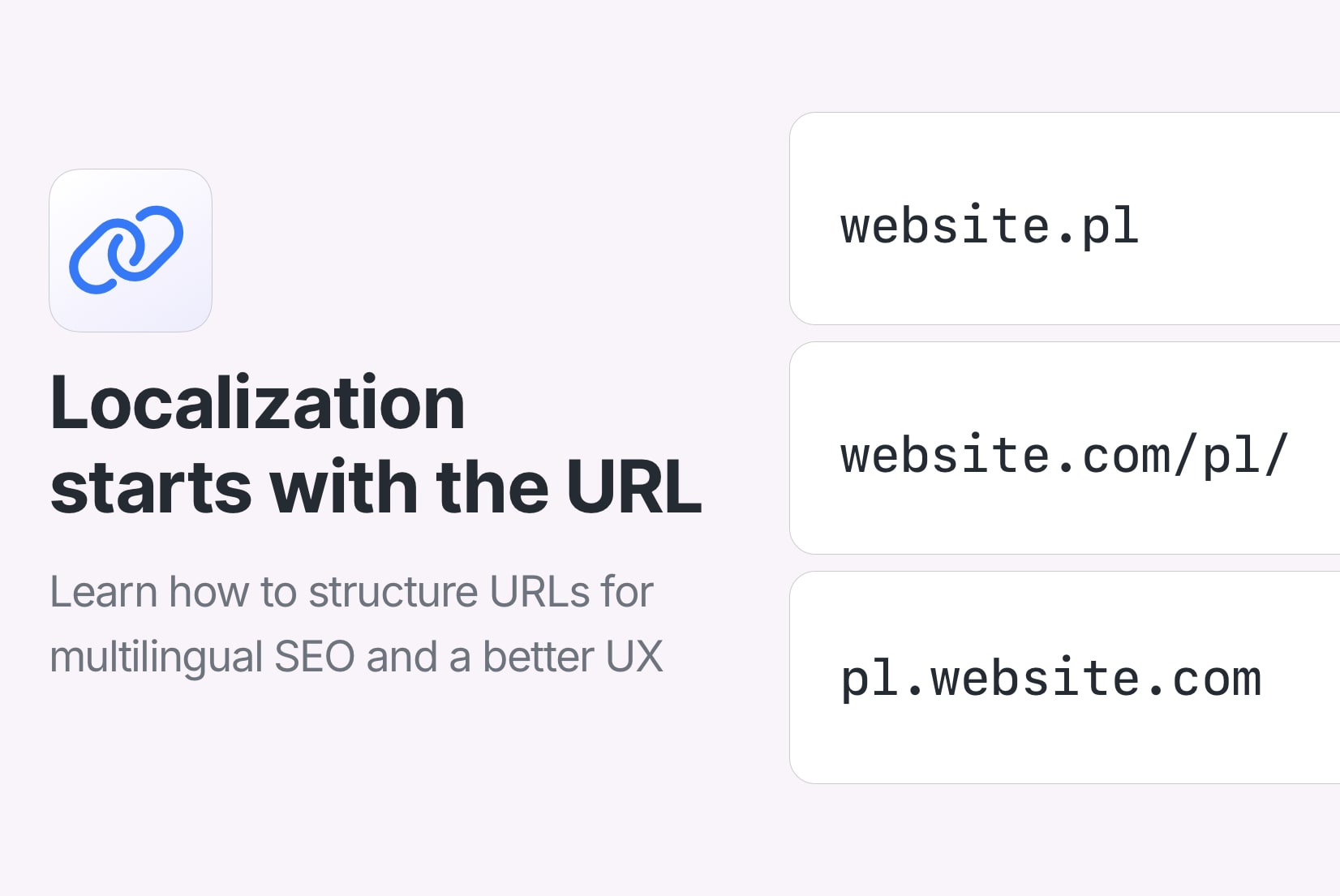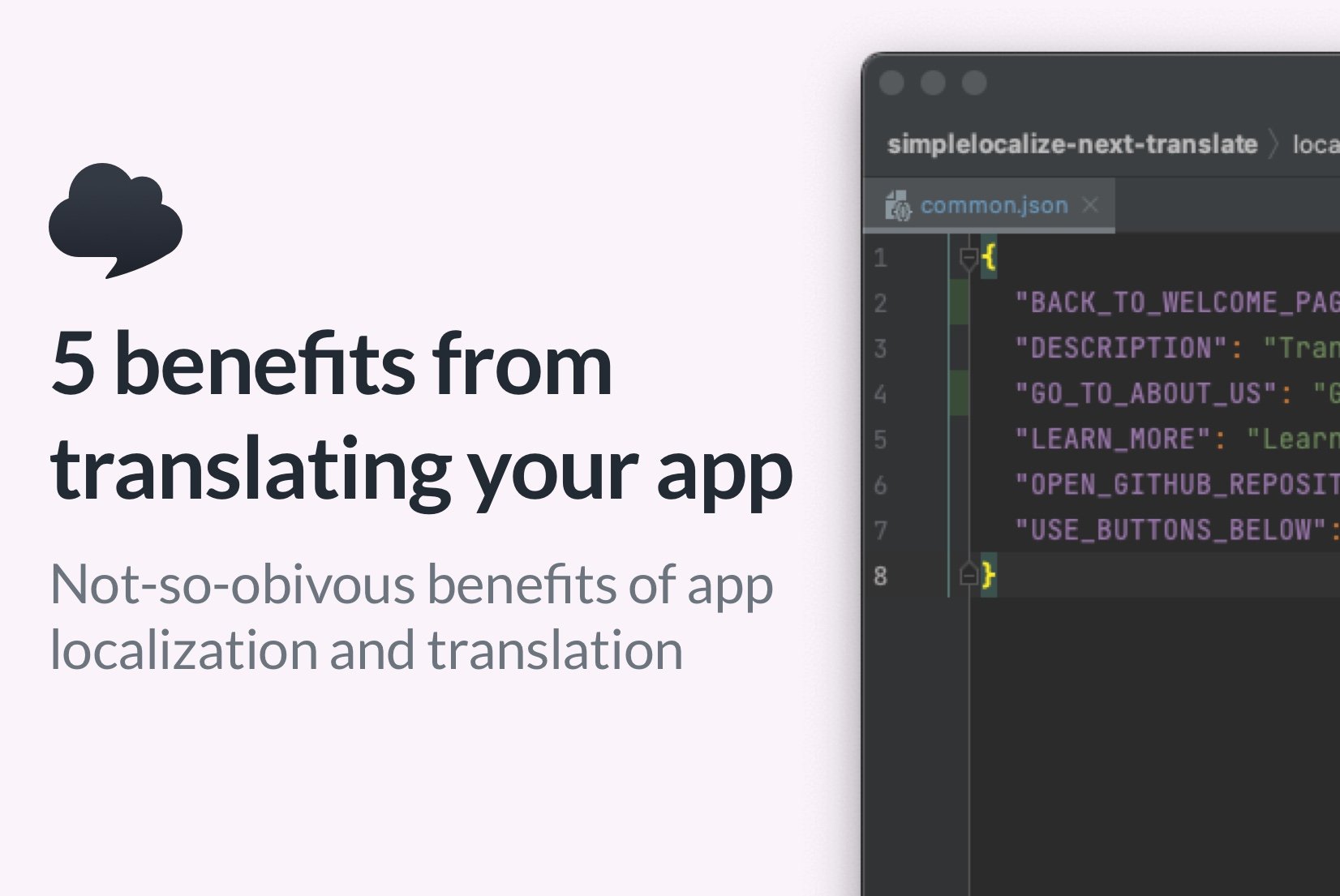Best practices in software localization
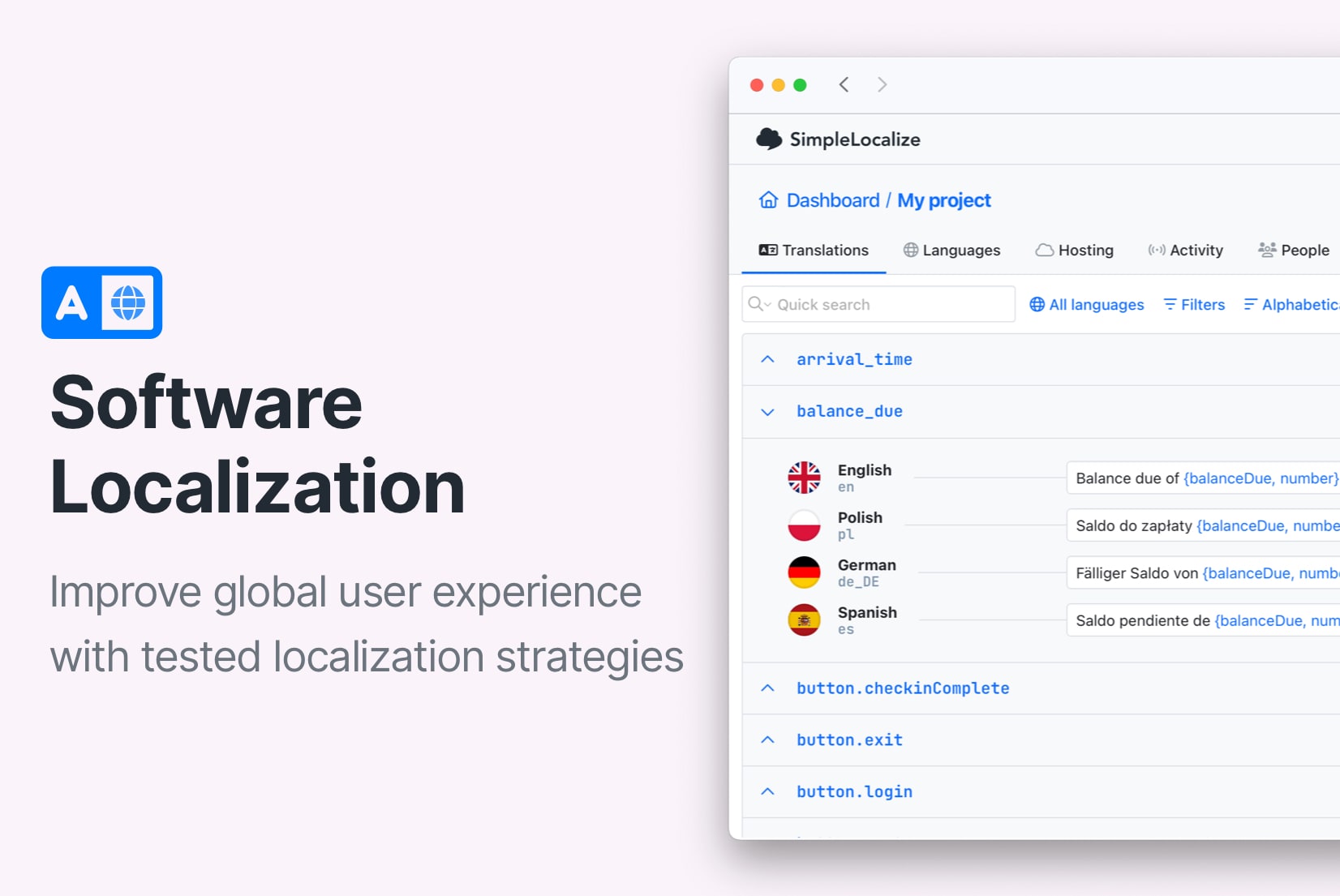
Software localization is more than just translating text. It's about adapting your application to meet the cultural, linguistic, and functional expectations of users across different regions. Done right, localization helps increase global user engagement, satisfaction, and conversion.
To ensure that your software is effectively localized and resonates with users in different regions, it is essential to follow localization best practices across general strategy, technical implementation, and content management.
General best practices for software localization
Understand the target audience
Localization is not just language, it's culture. Adapt your tone, images, and user experience to reflect local customs, holidays, idioms, and even humor. A formal tone might work in Germany, while a casual tone may be more effective in Brazil.
Use a localization management platform
Managing translations manually with spreadsheets or hardcoded JSON files doesn't scale. A platform like SimpleLocalize helps teams centralize, manage, and automate the entire translation process, from import/export to translator collaboration.

A TMS (Translation Management System) provides a single source of truth for all translations, making it easier to translate, track changes, manage versions, and collaborate.
Plan for localization from the start
Internationalization (i18n) should be built into your app architecture early. Retroactively localizing an app leads to bugs, technical debt, and a poor user experience.
When designing your app, consider how text will expand or contract in different languages, how date formats will change, and how right-to-left languages will affect layout.
Of course, you can localize an existing app, but it is much easier to do it right from the beginning.
Maintain a consistent terminology
Establish a translation memory, glossaries, and style guides to ensure consistent word choices across languages, even if multiple translators are involved. This builds brand trust and coherence.
Use context in translations
One word can have multiple meanings depending on context. Add comments, descriptions, or screenshots to give translators a clear idea of where and how the string is used, something SimpleLocalize makes easy with its intuitive web editor.
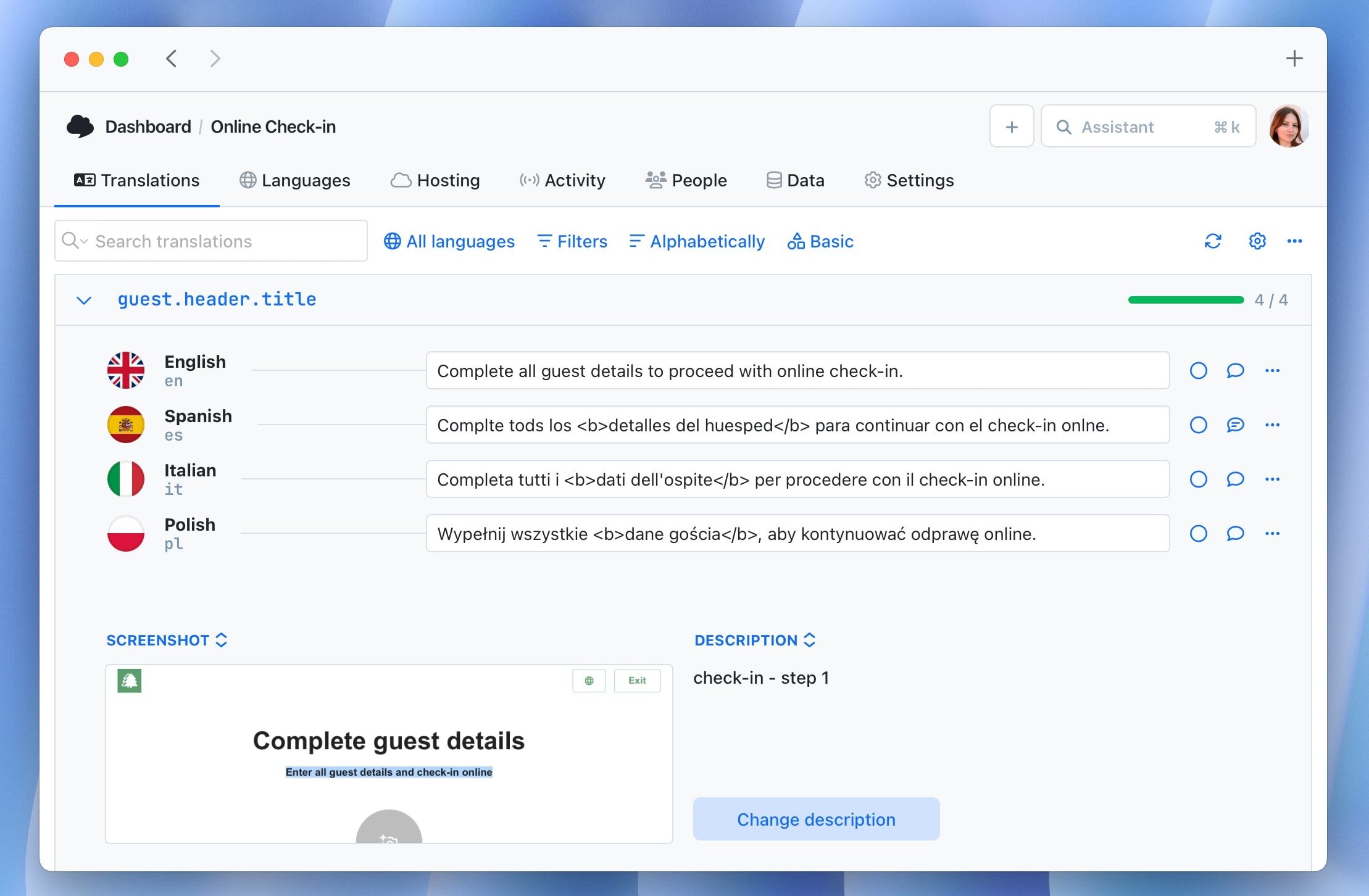
Test the localized software
Always test your product in each supported language before release. Pay attention to broken layouts, missing translations, and functionality issues caused by text expansion or RTL formatting.
Testing should include both functional testing (ensuring features work as expected) and linguistic testing (ensuring translations are accurate and culturally appropriate).
Regularly update translations
Language evolves, and your app changes too. Keep your translations up to date to avoid mismatched UI, outdated terms, and broken strings.
Plan for scalability
Design your localization system to support dozens of languages, not just two or three. Use modular translation files and scalable infrastructure that can grow with your audience.
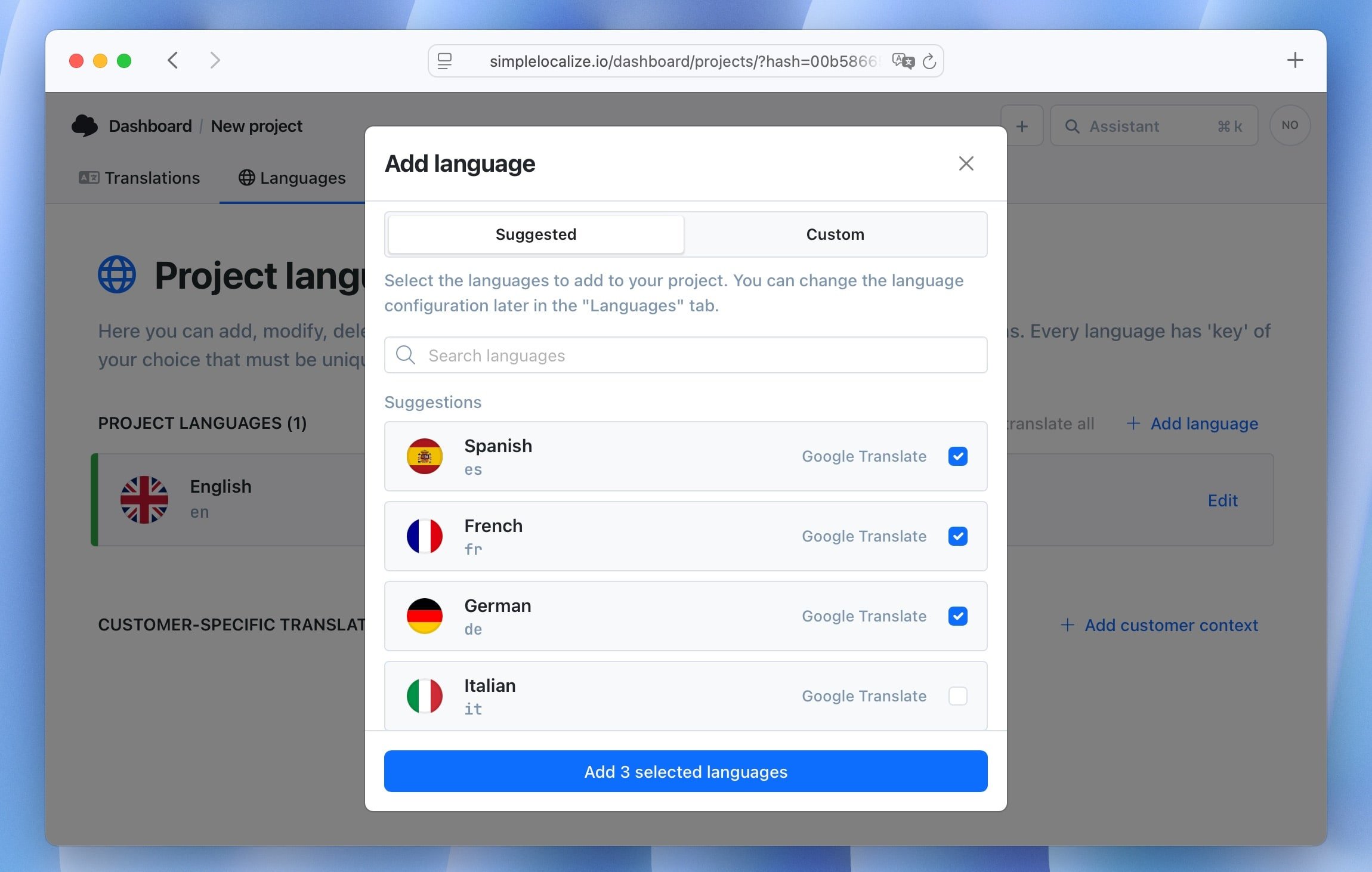
Collaborate with native speakers
Machine translation and AI can help, but nothing beats the nuance and cultural accuracy of a native-speaking human. Involve them in review and QA whenever possible.
Support right-to-left (RTL) languages
Languages like Arabic and Hebrew require special formatting: layout mirroring, RTL text alignment, and flipping icons. Build your UI with RTL support from day one.

Technical best practices for software localization
The technical implementation of localization is just as important as the content. Start by choosing the right i18n framework or library for your tech stack.
Use a structured file format for translations
Use formats like JSON, YAML, or XLIFF that allow for easy parsing and manipulation of translation strings. This makes them easier to update and sync across environments.
Example:
{
"auth": {
"login": {
"button": "Log In",
"error": "Invalid credentials"
}
},
"cart": {
"emptyMessage": "Your cart is empty"
}
}
Check out the SimpleLocalize JSON format documentation for details on how to structure your translation files.
Use Unicode for character encoding
Always use UTF-8 to support all global languages and character sets, including emojis, accented characters, and non-Latin scripts.
Define a key naming convention
Use meaningful, consistent keys like auth.login.button or cart.emptyMessage. Avoid vague ones like str123. Good keys improve readability and reduce confusion.
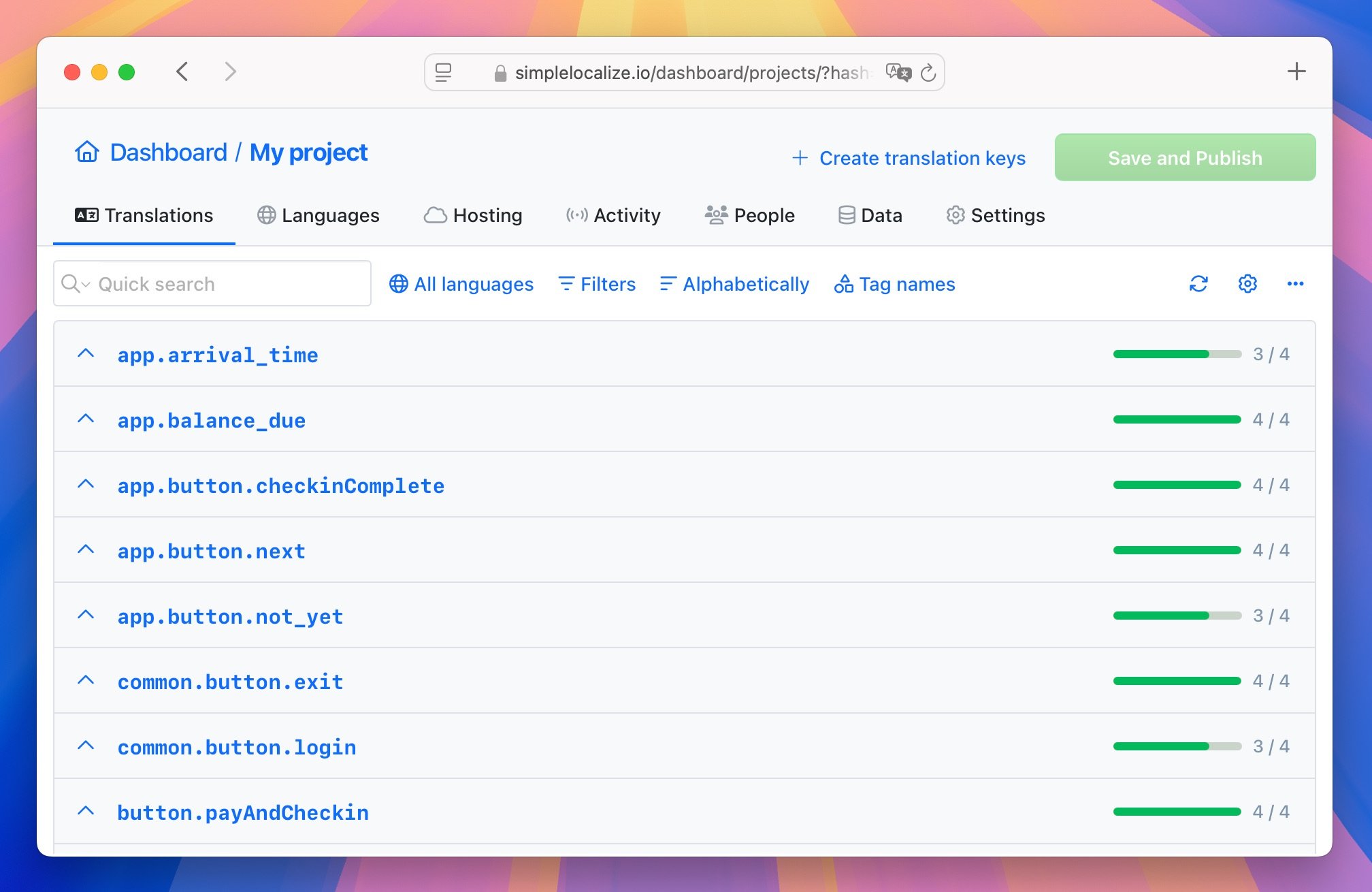
Check out out blog post on best practices for creating translation keys for more tips on how to structure your keys.
Avoid duplicates with reusable keys
Use a single key for repeated phrases or terms across your app. Instead of translating “OK” or “Save” multiple times, reuse standardized keys across your app. This reduces redundancy, simplifies updates, and ensures consistency.
Avoid hardcoding text
Hardcoding text strings in your source code makes localization difficult. Instead, replace hardcoded strings with keys that reference your translation files. This allows translators to work independently of developers and makes it easier to swap languages without code changes.
// Bad
<button>Submit</button>
// Good
<button>{t('form.submit')}</button>
Use placeholders for variables
Use placeholders for dynamic content like user names, dates, or numbers. This allows translators to adapt the text without breaking functionality.
{
"welcomeMessage": "Welcome, {username}!",
"dateFormat": "Today is {date, date, long}."
}
Then pass values programmatically.
Check out out blog post about number formatting in JavaScript for more tips on how to handle dynamic content in translations.
Use tools that integrate with CI/CD
Automate translation syncing with your build pipeline. SimpleLocalize CLI lets you push and pull translation files automatically as part of your CI/CD workflow.
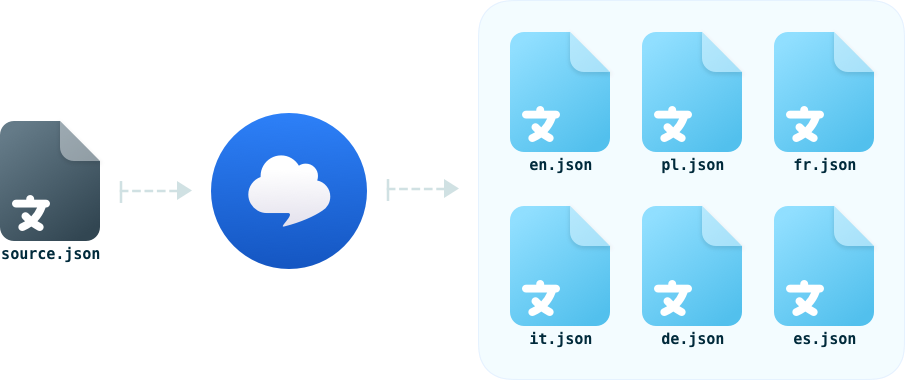
See the list of all integrations available in SimpleLocalize.
Use fallbacks for missing translations
If a translation is missing, use a fallback mechanism to display the original language text instead of showing an empty string or error. This ensures users still see meaningful content.
In SimpleLocalize translation hosting and when you export translation files, you can set a fallback language to use when a translation is missing.
Handle plurals and genders correctly
Different languages have complex pluralization and gender rules. Use libraries or ICU Message Format to manage variations properly:
"items": "{count, plural, one {# item} other {# items}}"
Conclusion
Localization is a complex but rewarding process that requires careful planning, technical implementation, and cultural sensitivity. By following these best practices, you can ensure your software resonates with users around the world, leading to increased engagement and satisfaction.
